SSZTA10 july 2017 SN65MLVD204B , SN65MLVD206B
Noise immunity is the ability of a device or system to suppress external noise, and to function – without deteriorating in performance – in the presence of noise. Multipoint low-voltage differential (MLVDS) devices are used widely in wired communication, optical communication and backplane applications, which are often located in harsh and noisy environments. To increase the robustness of MLVDS devices requires a high level of noise immunity performance.
How Is Noise Immunity Measured?
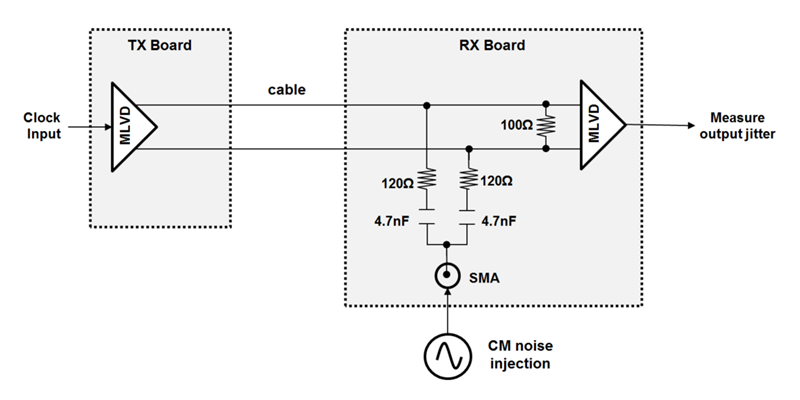 Figure 1 Noise Immunity Test Setup
Figure 1 Noise Immunity Test Setup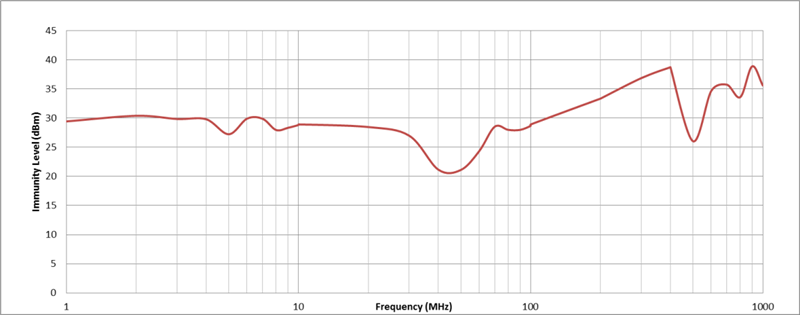 Figure 2 Noise Immunity Level over Frequency
Figure 2 Noise Immunity Level over FrequencyA noise immunity test is based on a mask test. As Figure 3 shows, the yellow waveform is the output signal of an MLVDS receiver without noise injected. The white mask indicates the 0.2 unit interval (UI) jitter limit. For a given noise frequency, the mask test starts with the maximum injected noise power, which you set manually. If the output jitter violates the mask, the injected noise power decreases in large steps until the output jitter no longer violates the mask limits. The injected noise power then increases in small steps until a violation occurs. The noise immunity level for this frequency is the maximum injected noise power that does not violate the output jitter mask.
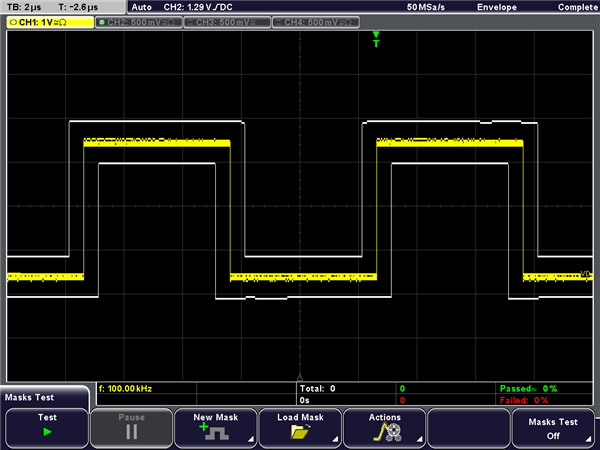 Figure 3 Noise Immunity Mask Test without Noise Injection
Figure 3 Noise Immunity Mask Test without Noise InjectionWhy Is Noise Immunity Important?
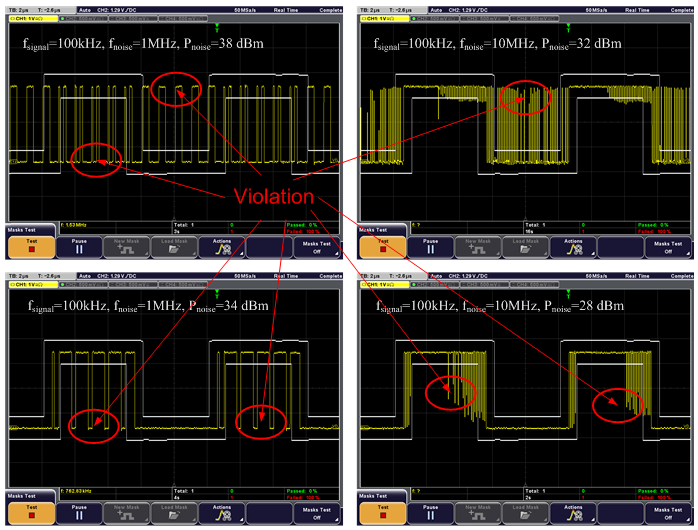 Figure 4 Noise Immunity Mask Test with Noise Injection (Mask Violation)
Figure 4 Noise Immunity Mask Test with Noise Injection (Mask Violation)If the injected noise power exceeds the noise immunity level for a specified noise frequency, the excessive jitter will violate the mask. But if the injected noise power is lower than the noise immunity level, the MLVDS receiver will act normally and the output signal will not violate the mask, as shown in Figure 5. So the higher the noise immunity level, the more robust the device.
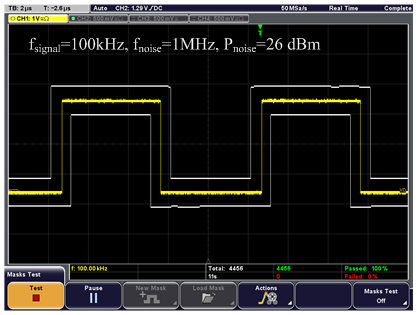 Figure 5 Noise Immunity Mask Test with Noise Injection (Mask Nonviolation)
Figure 5 Noise Immunity Mask Test with Noise Injection (Mask Nonviolation)Noise will degrade MLVDS signals and negatively impact the performance of the whole system. Noise is pervasive in any application system. The noise source depends on the environment around the network. It may originate from noisy power supplies, high-current machinery, radio-frequency coupling, accidental electrostatic discharge (ESD) transients or other sources.
One commonly overlooked noise source is ESD transients that occur elsewhere in the system but translate into a noise source for MLVDS devices. MLVDS devices with higher noise immunity can suppress external noise more effectively, including ESD noise.
TI Noise Immunity Performance vs. Competitors
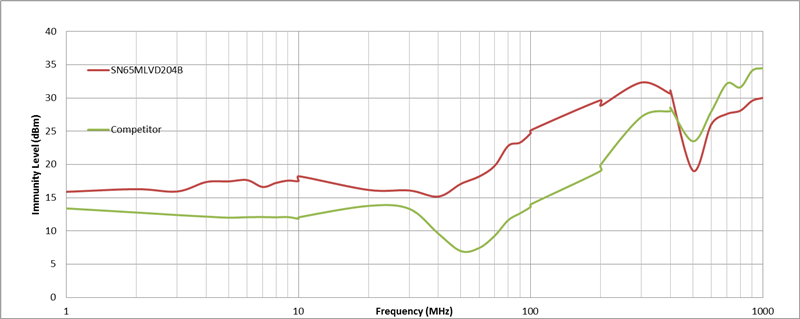 Figure 6 TI’s SN65MLVD204B vs. Competing Devices
Figure 6 TI’s SN65MLVD204B vs. Competing Devices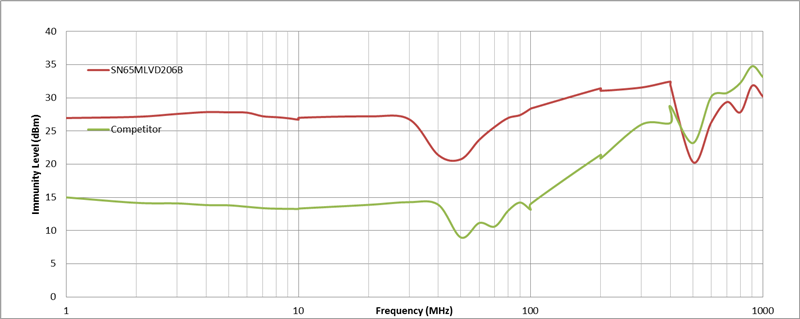 Figure 7 TI’s SN65MLVD206B vs. Competing Devices
Figure 7 TI’s SN65MLVD206B vs. Competing DevicesIn conclusion, higher noise immunity of MLVDS devices means being able to suppress more noise in wired communication, optical communication and backplane applications, which makes sure that they are working properly.
For more information about the SN65MLVDS204B, SN65MLVDS206B and other TI MLVDS solutions, see www.ti.com/lvds or our TI E2E™ forum.